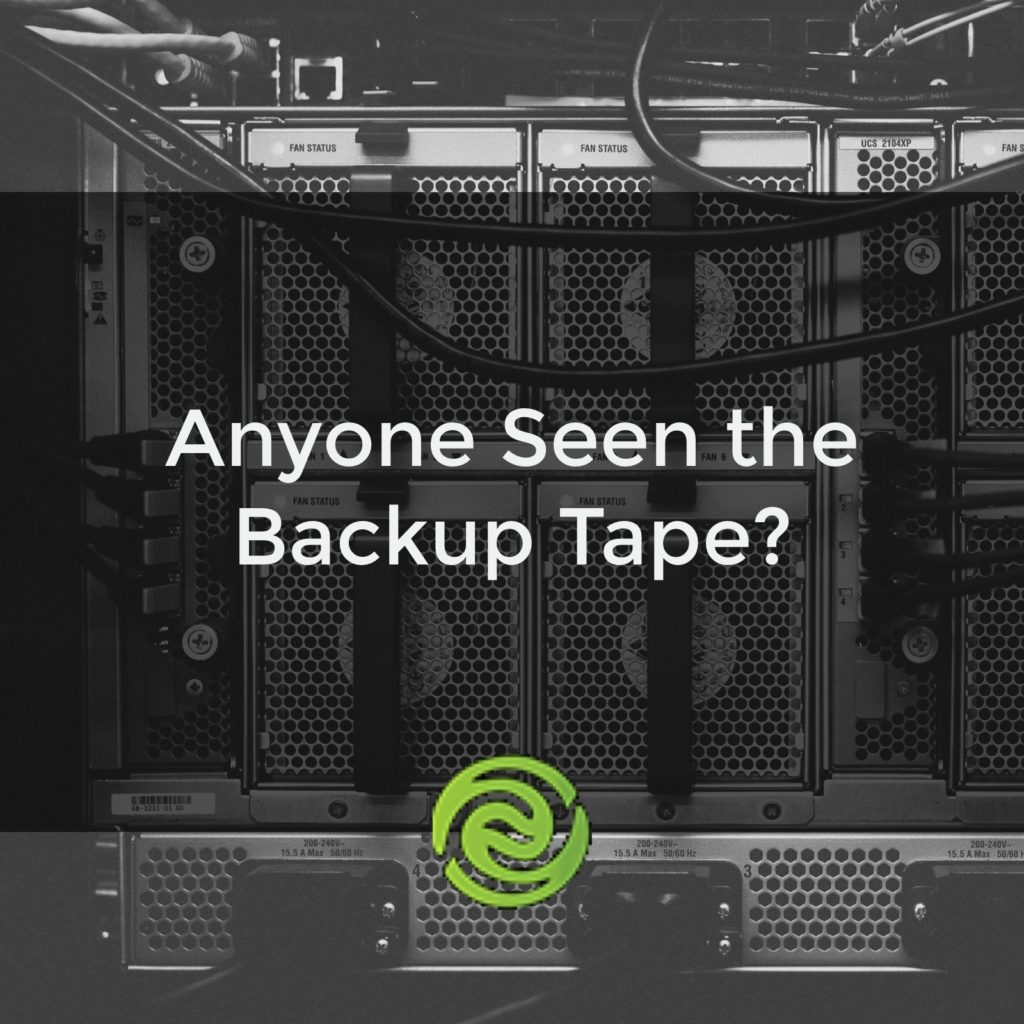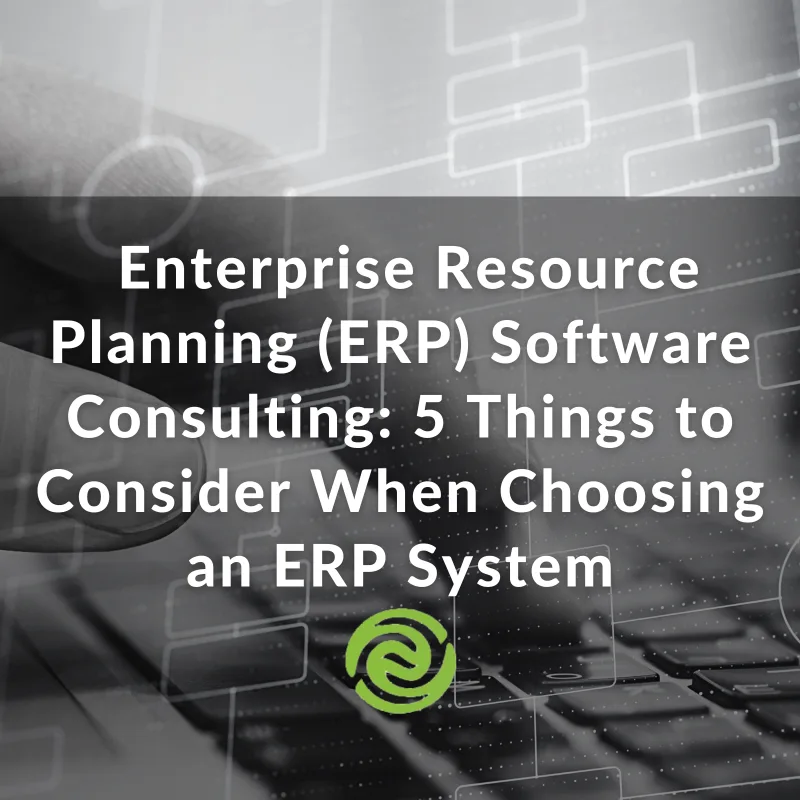A common pain point for many of our prospective clients is the persistent challenge of…
Anyone Seen the Backup Tape?
 How about that for a question you never want to hear when disaster strikes?
How about that for a question you never want to hear when disaster strikes?
Disasters can take on many forms… from a critical hard drive failure to a server cabinet fire to a tornado… even an Earthquake. Each type of disaster poses its own risks and requires that an appropriate Disaster Recovery Plan (DRP) be put in place.
I’ve learned that most people are adverse to thinking about disaster planning unless they have witnessed something first hand. In the hustle and bustle of our busy days, it’s easy to forget about the need for backups. When everything is humming along nicely, backups and disasters are not top of mind. It’s during these times that disaster planning must be undertaken. Otherwise, you find yourself building an airplane in flight, something that is just not going to end well.
We live in the St. Louis area, which is bordered by the New Madrid seismic zone to the South and the Wabash Valley seismic zone to the East. The last major earthquake in this region in 1812 caused the Mississippi river to run backwards. If any of you have stood on the banks of the Mighty Miss, it seems incomprehensible that this could have ever occurred. Brick walls collapsed in Cincinnati and church bells rang in Boston, thousands of miles away from the epicenter of the event.
Granted, when and if this occurs again, we are going to have more to worry about than our data and our businesses. As we pull ourselves out of the rubble though, we are going to want to put our lives back together again. It’s at that time that the merit of your disaster recovery plan will be fully and inexorably put to the test.
Will you pass or fail?
There are five basic principles that apply to all disaster planning scenarios…
1. Multiple Backups
First and foremost, you need multiple backups of your data and systems. One backup just isn’t enough. Murphy’s Law dictates that the file, data or configuration that you need from that backup will either not contain the data you need, will be missing, or will be corrupt.
2. Offsite Storage
Second, store your backups offsite (at home doesn’t count). You need to get them out of your region, in case of a true disaster. We recommend that you use a local/remote backup strategy… Maintain one backup locally, using traditional backup methods, for ease of recovery. Then maintain a remote copy, using Cloud backup solutions, for instances when the local copy is not going to work (see Murphy’s Law reference above) or is not available.
3. Include Everything
Third, backups do not stop with just your files. You need to evaluate everything in your network that needs to be backed up. This includes virtual servers, databases, email server stores, user accounts, web server configs, firewall, switch and router configs, vpn configurations, etc. You need to have a plan in place to back up all of this information.
4. Redundancies
Fourth, implement redundant solutions (see All Your Eggs in One Basket). The depth of this will be determined by the size of your business, how large your network is and what on-premise equipment you have implemented. Redundancy includes… virtualization, to allow for servers to be easily backed up and moved to other hardware, a secondary internet connection for when your primary connection goes down, a secondary switch, router or firewall, either in an online failover or standby configuration to compensate for hardware failures, an offsite Disaster Recovery (DR) site for when your primary location goes down, or a hybrid Cloud solution to allow for services to be switched to the Cloud in the event of a disaster.
5. Plan The Steps
The last and seemingly most overlooked item is to document what steps need to be taken in the event of a disaster. This information will prove to be priceless in the chaos of a catastrophe, especially when key players are not available. The plan should include the steps necessary to restore virtual servers, databases or mail stores, replace switches, routers or firewalls, or fail over to your DR site or Cloud solution.
The Bottom Line…
If you’re still relying on a single source for data backups, not backing up everything you should be, not planning ahead for hardware failures or rely on a single site for your business, you’re asking for trouble. Instead, change your line of thinking to follow the Boy Scout motto… Be Prepared!







